29May
Aphids no match for winter cereal treatment
Words and image supplied by NuFarm
The cereal aphid (Rhopalosiphum padi) may be tiny in size, but as the main vector for one of the most costly diseases in New Zealand cereal crops, its potential impact is anything but small. Barley Yellow Dwarf Virus (BYDV) can be devastating for yields in a bad season, with losses of up to 40% recorded.
Seed treatment protects young wheat and barley seedlings in early stages of establishment but once this wears off the plants are at risk of attack.
Typically, infections occur when infected adult aphids fly into newly emerging crops in the autumn. If not controlled, these then reproduce to create populations of aphids which are responsible for secondary spread of BYDV within the crop and further movement into other fields. The warmer the temperature, the quicker the aphids reproduce, build up and spread. Cereals are most susceptible to BYDV infection from emergence until the start of stem elongation. Because very low numbers of aphids can cause widespread BYDV infection, it is essential to control aphid numbers before they become a problem, Nufarm advises.
Kaiso® 50WG from Nufarm is a synthetic pyrethroid insecticide that contains 50 g per kg of the active ingredient lambda-cyhalothrin, but its key point of difference is its formulation. Developed and patented by Nufarm, the Sorbie Technology found in Kaiso 50WG combines the benefits of emulsifiable concentrate (EC) and water dispersable granule (WG) formulations.
It looks like a water dispersable granule, but once added to water, behaves like an emulsifiable concentrate, meaning easy measuring and mixing, with no dust to worry about and no rinsing of measuring jugs or containers required.
This is different to other products available in the market with the same active, which are either EC or SC formulations.
Farmers and contractors appreciate Kaiso 50WG’s unique combination of ease of use and efficacy, Nufarm says“It has all the user friendly handling and mixing attributes of a WG, including stability, volumetric measuring and enhanced operator safety e.g. no splash, non flammable and easy clean up if spilt, but it functions with the same efficacy parameters as an EC formulation when it is mixed with water.”
Kaiso should be applied at the first sign of aphids. Use the lower rate when aphid pressure is low, and shorter residual activity is required. A second application may be needed if aphids continue to migrate into the crop. Ensure sufficient water volume is used to give thorough crop penetration and coverage. Kaiso 50WG is a Group 3A insecticide, and qualifies for Agrecovery. For more advice on using Kaiso 50WG to protect cereal crops from the effects of BYDV this season, contract your Ruralco representative today.
® Kaiso is a registered trademark of Nufarm Limited.
Related

We tend to talk a lot about eating well and exercising, these things are important, but research sug...
Read More
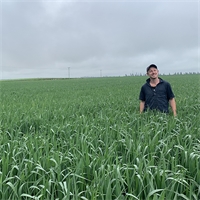
Following tough summer conditions, forage oats for fast grazing can be a get out of jail card for mo...
Read More
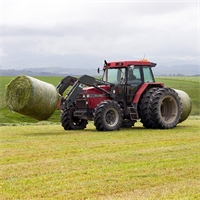
Replacing the nutrients removed by hay or silage keeps soil fertile and productive.
Read More
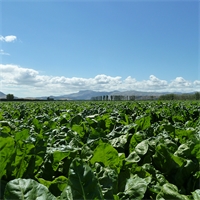
Fodder beet remains a staple option in our ne w operating environment, where there is a focus on lan...
Read More
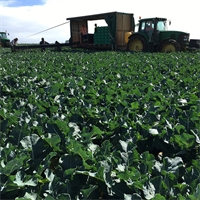
On 1 July 2018 the first regional fuel tax (RFT) allowed under law came into force in Auckland – an...
Read More
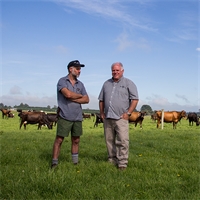
No two farms are the same and that is even more so when it comes to the mineral needs of livestock u...
Read More